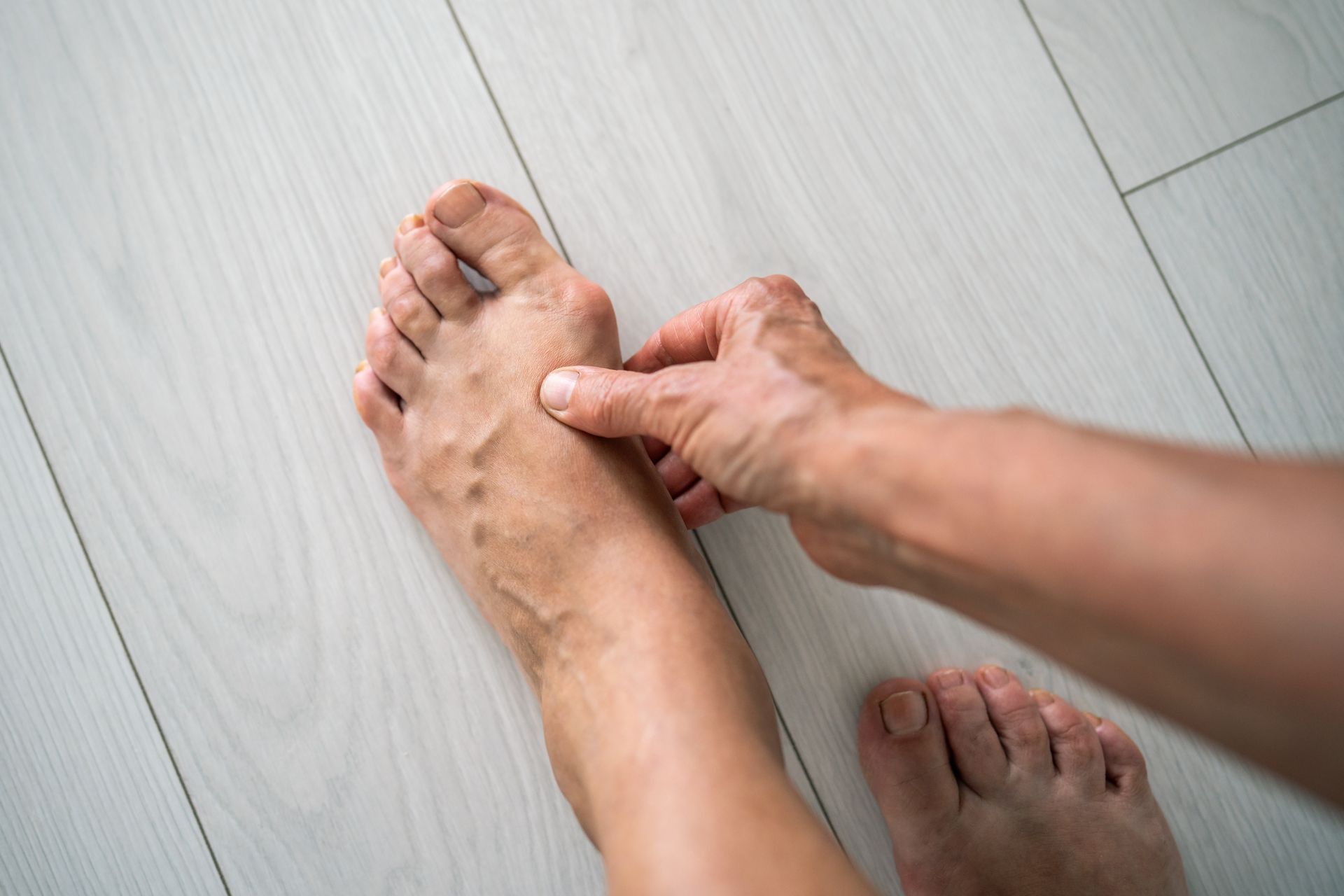Bunions

Relief for Painful Bunions
Expert Bunion Care and Minimally Invasive Surgery
Bunions can cause constant discomfort, swelling, and difficulty walking if left untreated. At Performance Foot & Ankle Specialists, LLC, Dr. Joel Segalman and Dr. Stephen Lazaroff provide personalized treatment for bunions, starting with conservative options like padding, orthotic inserts, and anti-inflammatory care to ease pain and protect your joints. When surgery is necessary, our team uses minimally invasive techniques to realign the toe, remove swollen tissue, and restore balance to your foot. Whether you are seeking early relief or advanced correction, we are here to help you move with comfort and confidence again.
Start Your Journey to Wellness Today
Talk With Foot and Ankle Specialist Today!
Ready to take the first step towards healthier, pain-free feet? Contact us to schedule an appointment or to learn more about our foot and ankle services. Our dedicated podiatric team is here to provide personalized care and answer any questions you may have about your lower extremity concerns. Reach out today and let us help you achieve optimal foot health and mobility for an active lifestyle.
Schedule an Appointment
Choose the location that’s most convenient for you and book by phone or online:
- Waterbury, CT – (203) 755-0489 | Schedule Online
- Newtown, CT – (203) 270-6724 | Schedule Online

